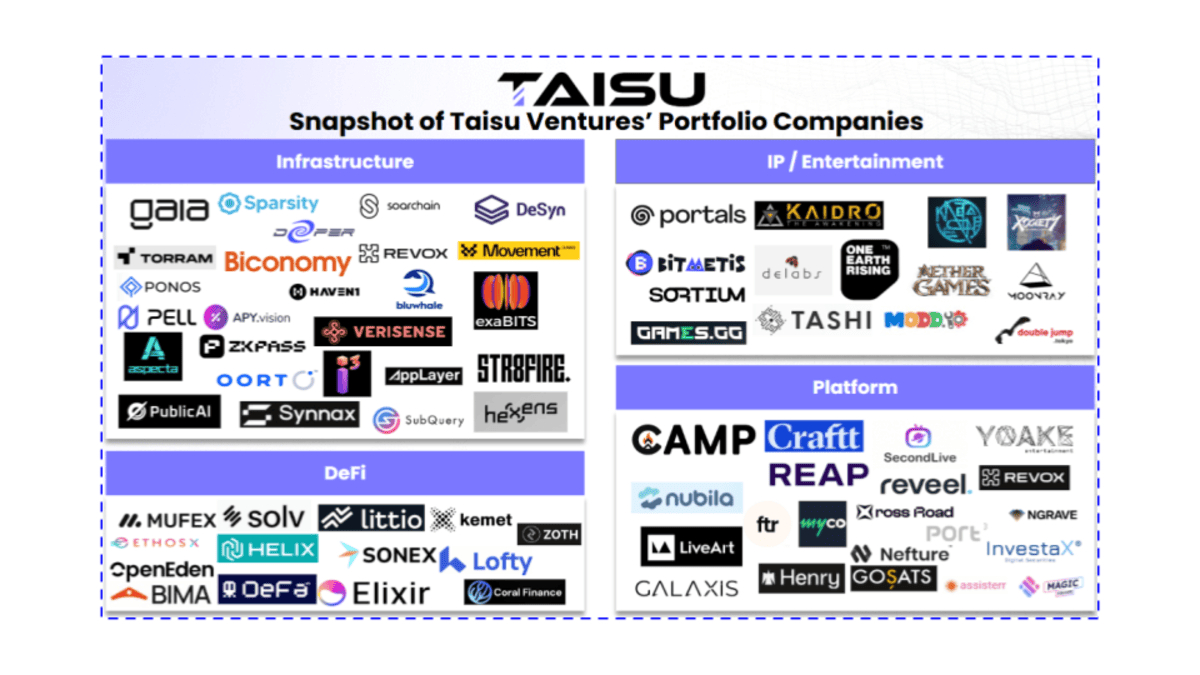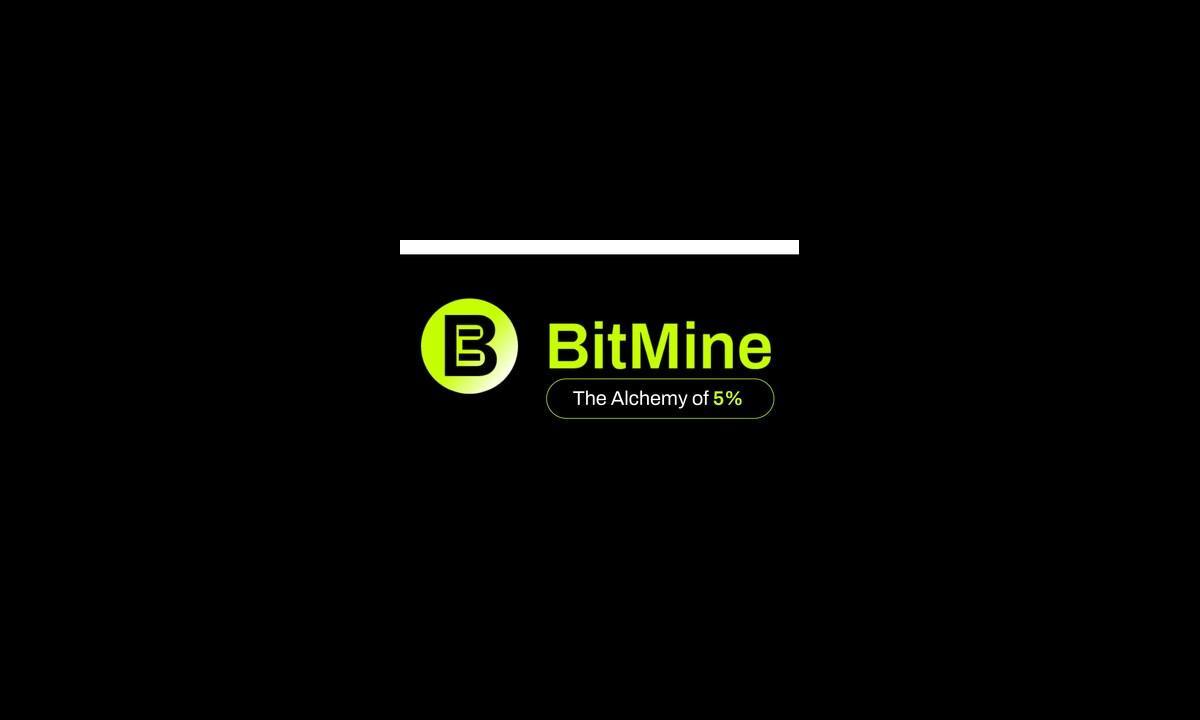A Peer-to-Peer (P2P) network is a distributed network where computer systems communicate with each other to share data or tasks. Unlike traditional networks, P2P networks do not require a central server to facilitate and manage communication.
In a P2P network, all peers are considered equal and have the same privileges. To access a P2P system, all that is needed is an internet connection and a copy of the software or protocol used. Peers or nodes in the network make their resources available to others without the need for a central server to process requests and manage resources.
P2P networks have gained special significance in the context of cryptocurrencies and blockchain technology. Let’s delve deeper into what a P2P network entails and how it functions within the blockchain ecosystem.
What is the Role of P2P Networks in Blockchain Technology?
Blockchain technology is a revolutionary concept that has given rise to decentralized cryptocurrencies like Bitcoin. At the core of blockchain technology is the concept of a distributed ledger, which records all transactions in a transparent and secure manner.
In a blockchain network, all peers or nodes have a copy of the records of accounts and transaction history. This ensures transparency and eliminates the need for a trusted third party to validate transactions. However, miners and other full nodes who contribute processing power to the network have a more complete copy of the records, ensuring the security and immutability of the blockchain.
P2P networks play a crucial role in the functioning of blockchain technology. They allow for the peer-to-peer communication and data sharing required for consensus mechanisms, such as Proof of Work (PoW) or Proof of Stake (PoS), to be implemented.
Consensus mechanisms determine how transactions are validated and added to the blockchain. In a PoW system like Bitcoin, miners compete to solve complex mathematical puzzles to validate transactions and earn rewards. This requires a P2P network where miners can communicate and propagate blocks to ensure that all nodes reach a consensus on the state of the blockchain.
Furthermore, P2P networks enable the distribution of blockchain data across multiple nodes, making it resilient to attacks or failures. If one node goes offline or gets compromised, the network can still function as other nodes have a copy of the data.
What are examples of P2P Networks?
P2P networks are not limited to blockchain-based systems. They have been widely used for various purposes, ranging from file sharing to content delivery.
One of the most well-known examples of a P2P network is BitTorrent. BitTorrent is a protocol that enables the efficient distribution of large files across a network of peers. Instead of downloading a file from a central server, BitTorrent allows users to download and upload pieces of the file from multiple sources simultaneously. This decentralized approach not only increases download speeds but also reduces the burden on a single server.
Another example is the InterPlanetary File System (IPFS), a protocol that aims to create a peer-to-peer version of the internet. IPFS allows users to address content by its unique hash rather than relying on the location of a specific server. This enables distributed and censorship-resistant file storage and sharing.
Decentralized social media platforms like Steem and Mastodon also utilize P2P networks. These platforms allow users to interact with each other directly, without relying on centralized servers or intermediaries.
What are the benefits and challenges of P2P networks?
P2P networks offer several advantages over traditional client-server networks:
- Decentralization: P2P networks eliminate the need for a single point of control, making them more resistant to censorship, single points of failure, and data loss.
- Scalability: As more peers join a P2P network, the available resources and bandwidth increase, making it more scalable than a centralized system.
- Efficiency: P2P networks leverage the combined resources of all connected peers, optimizing data transfer and reducing reliance on a single server.
However, P2P networks also present some challenges:
- Security: Without a central authority, it is crucial to ensure the integrity and authenticity of data in a P2P network. Malicious peers can attempt to manipulate or disrupt the network.
- Privacy: While P2P networks offer decentralization, they may expose user IP addresses and other sensitive information, requiring additional measures to protect privacy.
- Complexity: Setting up and maintaining a P2P network can be more complex than a client-server network due to the need for peer discovery, routing, and synchronization.
What is the conclusion?
Peer-to-Peer (P2P) networks are an integral part of blockchain technology and enable the decentralized and transparent nature of cryptocurrencies like Bitcoin. P2P networks allow for peer-to-peer communication and data sharing, which is crucial for consensus mechanisms and the distribution of blockchain data. They offer several advantages over traditional client-server networks, such as decentralization, scalability, and efficiency. However, they also present challenges related to security, privacy, and complexity. Understanding P2P networks is essential for anyone seeking to grasp the fundamentals of blockchain technology and its applications.














